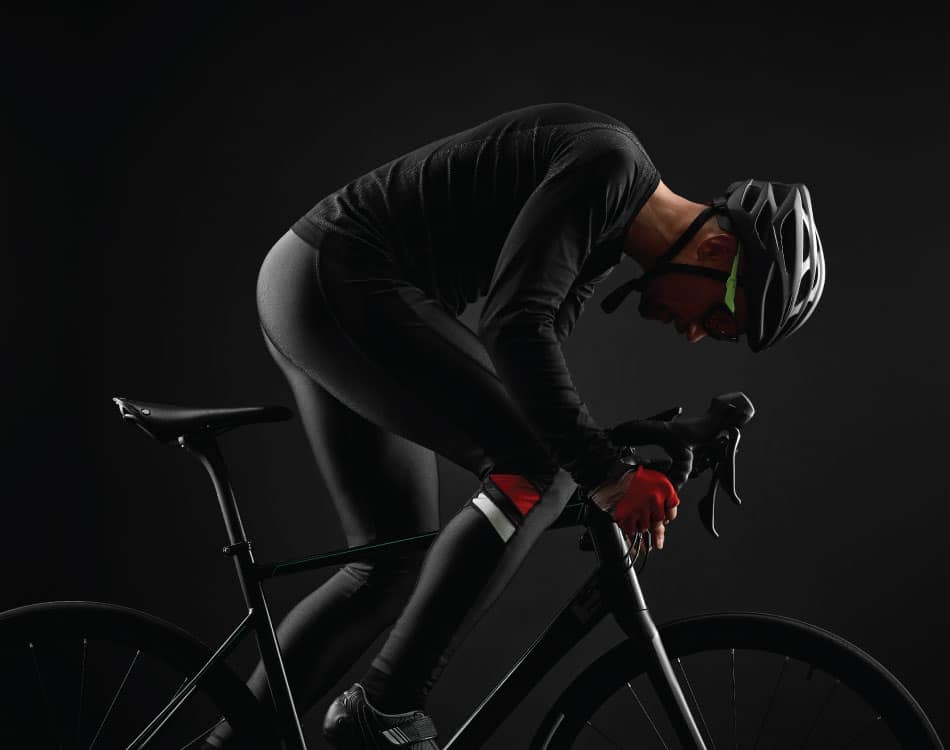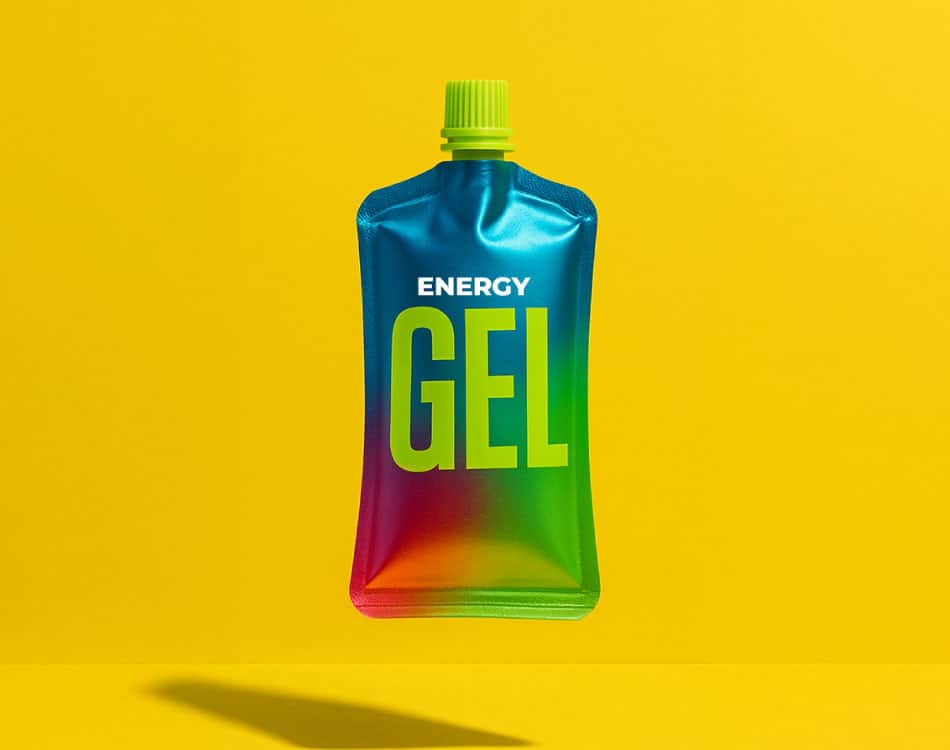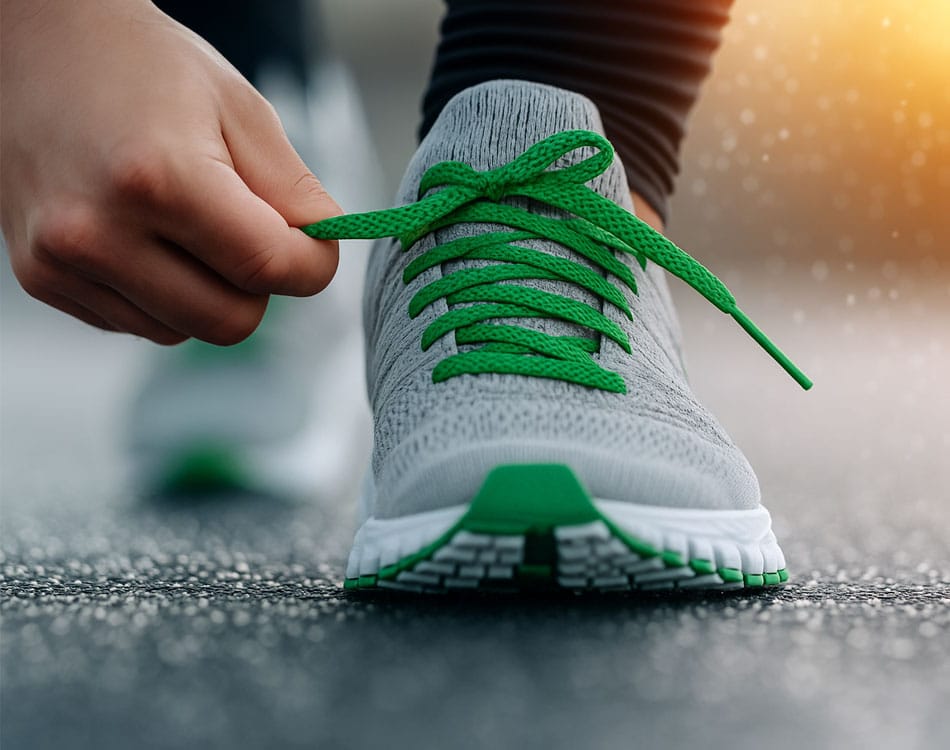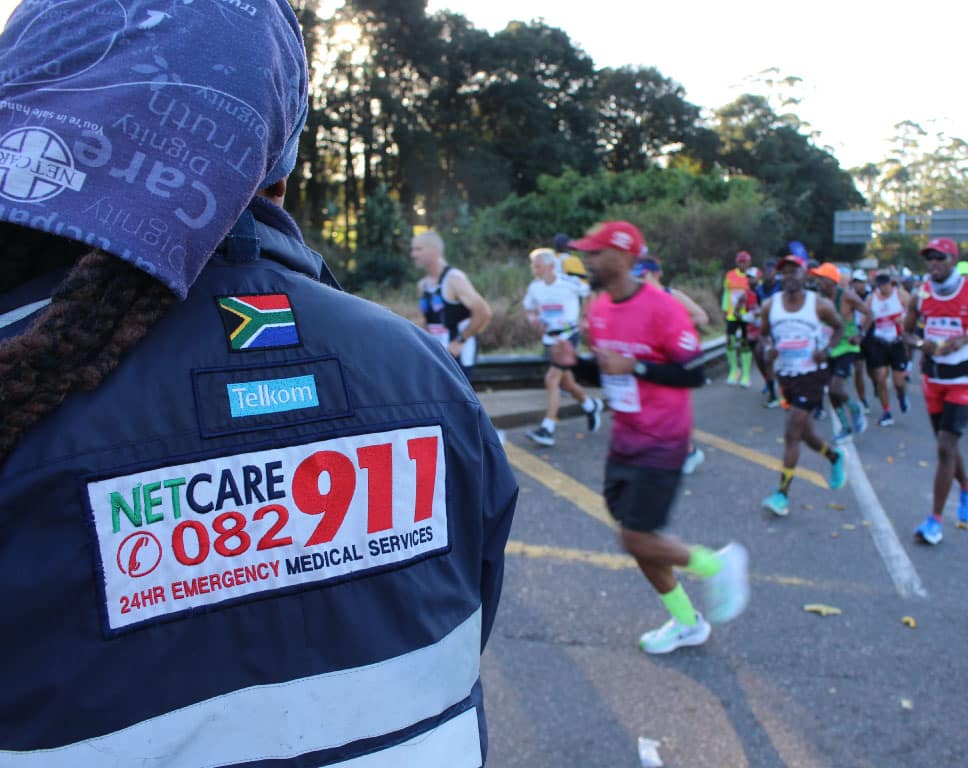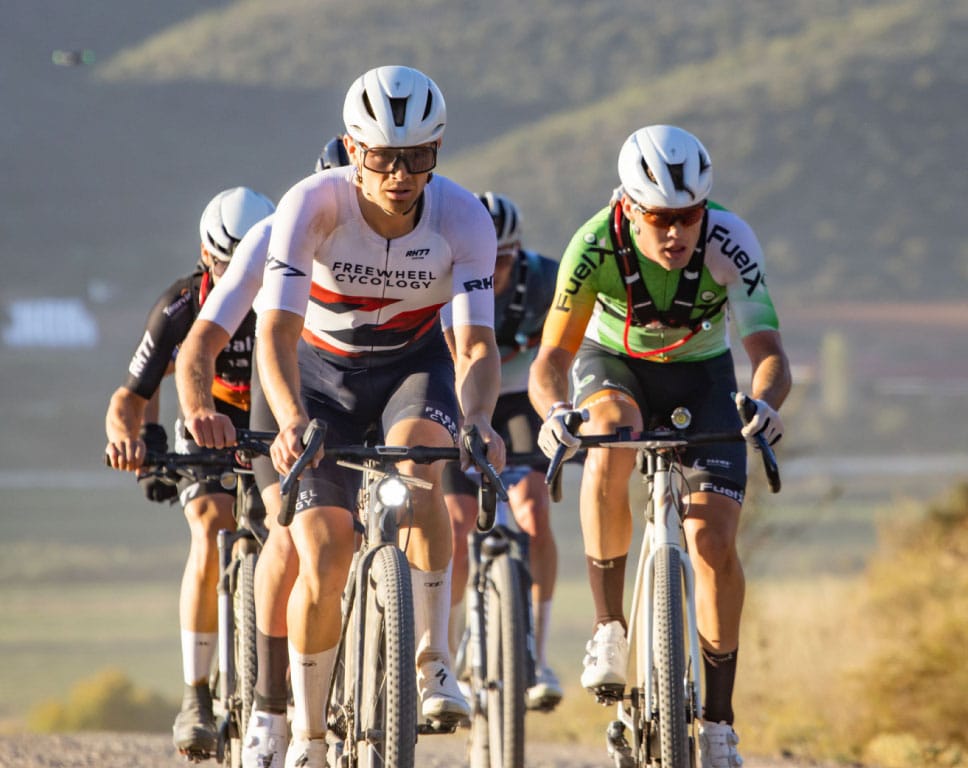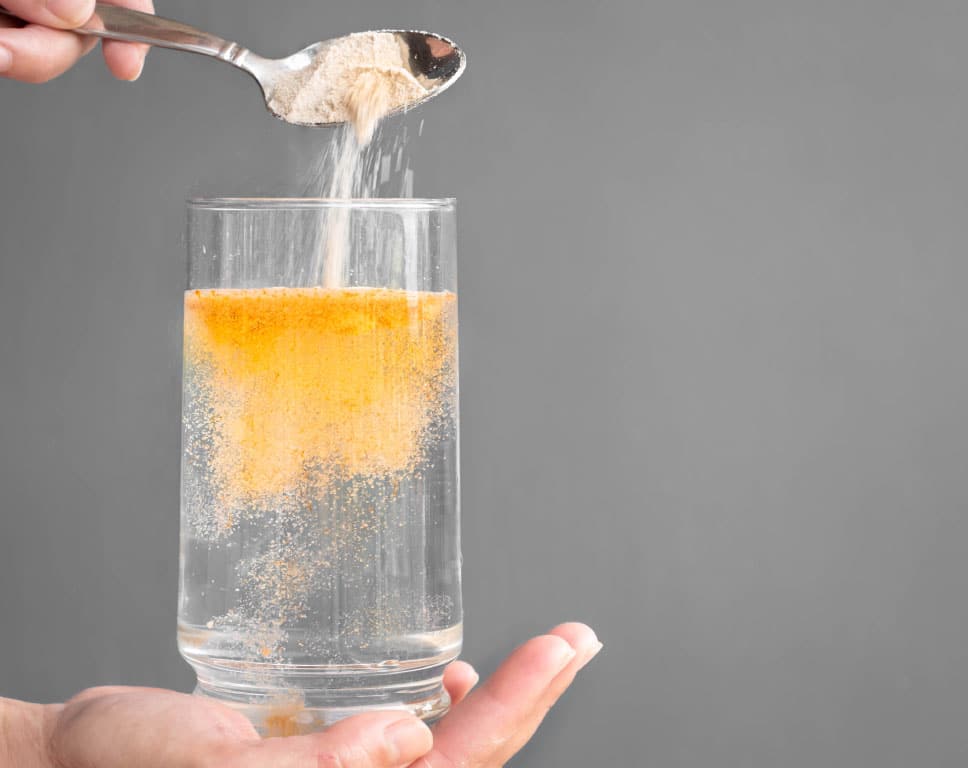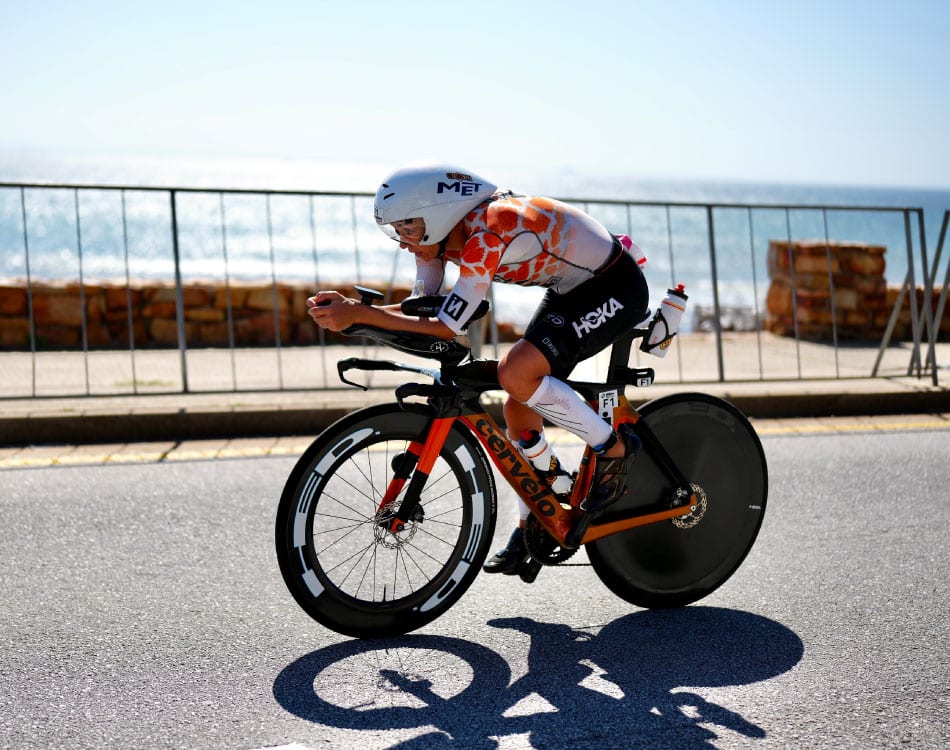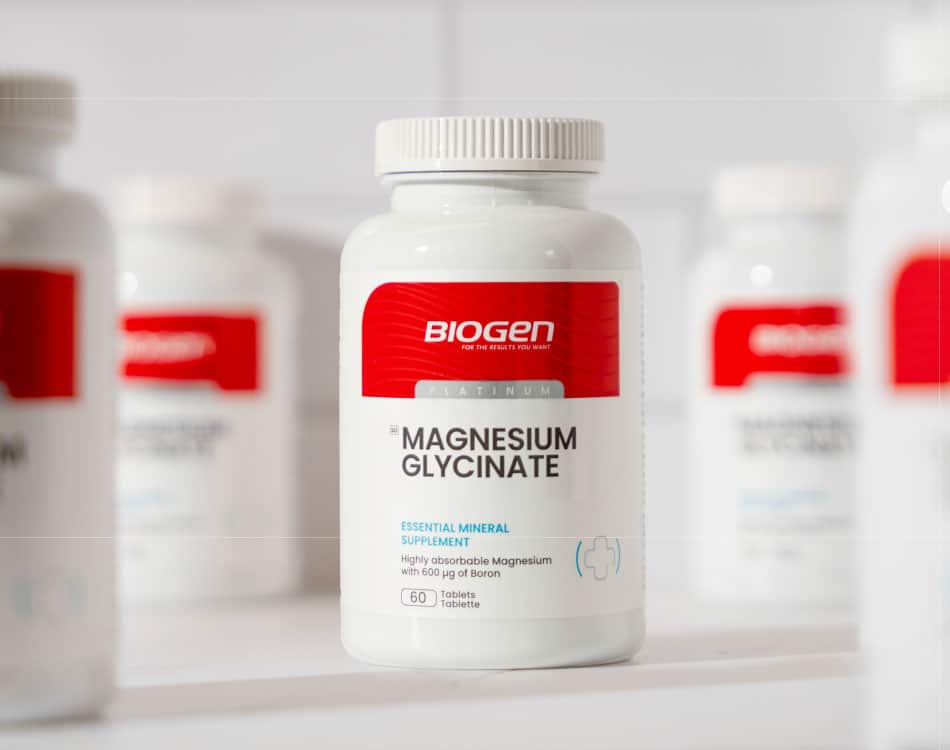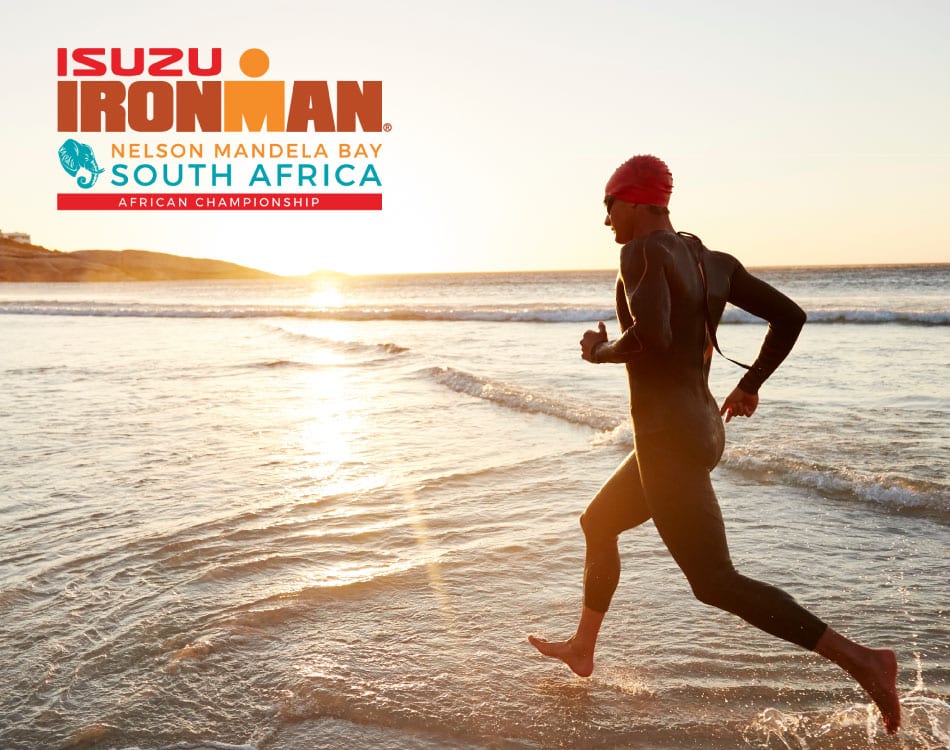Few physiological phenomena are as common among endurance athletes, yet are as misunderstood, as muscle cramps.
More specifically, the main cause (or causes) of exercise-associated muscle cramping (EAMC) is something that the exercise science community at large still debates today.
Ask most athletes why they cramp and they’ll likely say something along the lines of “an electrolyte imbalance” or “dehydration”. Are they wrong? Well, one thing is for certain, conventional thinking around cramping, specifically regarding the more commonly held beliefs of dehydration theory, electrolyte theory and environmental theory, which have historically been used to explain cramping, are being increasingly questioned.
Questioning conventions
That’s not say that conventional guidelines don’t work to alleviate cramping, but rather the mechanisms by which they alleviate cramps are not those previously thought. It now seems like electrolyte and sodium supplementation work via different mechanisms, and that dehydration or heat don’t cause cramping to the same extent as previously thought. In addition, internal or external temperatures also don’t seem to play a role, as EAMC can also occur in cool conditions, including extreme cold water swimming.
Interestingly, two of the leading proponents of this shift in thinking are two South African sport scientists, namely Prof. Tim Noakes and Dr. Ross Tucker. In his book, Waterlogged: The Serious Problem of Overhydration in Endurance Sports (Human Kinetics, 2012), Prof. Noakes states that there is no scientific evidence that shows sodium or other electrolyte deficits in those with EAMC.
According to his review of available research on the matter, the original belief that salt or electrolyte imbalances resulted in cramps was based on a study of a single miner in the 1920s, who showed salt and fluid losses in association with cramps.
However, these is sufficient evidence to suggest that the ingestion of these substances, as well as sugars, certain fats and carbohydrates can assist in certain cramping cases. As Lindsey Parry, high performance and official Comrades coach states in his Comrades roadshow presentation, about a third (33%) of those who cramp find relief from ingestion of sodium and/or electrolytes.
A different theory
Why then do athletes who are properly hydrated, with an optimal electrolyte balance still experience cramps? Noakes believes this response is more psychosomatic than physiological.
Simply tasting sodium, electrolytes, water and sugar seems to have an almost immediate positive effect on EAMC in certain instances, but this response is too fast for these substances to have passed through the digestive system into the bloodstream and working muscles, where they are needed to elicit such an effect. Noakes therefore suggests that it is the brain that creates this effect, as part of a survival response as part of its role as the “central governor”.
According to the theory that Noakes proposes in his book, the role of the central governor is to protect the body from damage or injury, which is why it forces one to slow down during a race if you are running low on energy reserves (stored and/or ingested fat, glycogen or, in severe cases, amino acids), or exercise intensity surpasses a certain threshold (a concept we’ve covered in this magazine before), yet allows us to speed up again when the finish line is in sight.
As far as cramps are concerned, this theory would suggest that the brain is trying to protect the muscles, heart or lungs, or other internal organs or systems that are being overstressed from damage. When considered in the context of a protective mechanism, cramping is therefore more closely related to our ability to sustain effort at higher intensities for prolonged periods of time.
Poor conditioning to blame
The current leading theory on muscle cramps, which seems to have links to Noakes’ central governor theory, is known as the neural fatigue theory. It states that neuromuscular fatigue and the loss of inhibitory reflexes are what cause the excessive muscle activity during exercise that results in most cramping.
Several studies into this theory have identified a few risk factors for the development of EAMC, namely previous cramping experience (if you’ve cramped before you’re more likely to cramp again), the repetitive nature of the exercise, and higher exercise intensities.
Additional factors worth noting include the role that a sustained reduced arc of motion of the affected muscle has on the muscle’s propensity to cramp. Simply stated, a muscle that works through a limited range of motion over prolonged periods of time is more likely to cramp.
Also, neural fatigue-related cramps seem to occur most frequently in two-joint muscles. The reason for this is that skeletal muscles work as antagonistic pairs – contracting one skeletal muscle requires the relaxation of the opposing muscle in the pair. As such, cramps can occur when a muscle is unable to relax properly due to a tension state in the antagonist muscle.
Essentially, as we fatigue, the mechanism that causes a muscle to contract becomes overstimulated, while the mechanism that causes muscles to relax is under-stimulated. This overstimulation results in a state of altered neuromuscular control, which will eventually result in a sudden, sustained, involuntary muscle contraction – a cramp.
Based on this explanation it becomes easier to understand why cramping is more common during races or competitions than they are in training – during a race we’re more likely to push harder than we have in training, and these higher intensities are maintained for longer durations. Similarly, starting too fast or erratic pacing can also reduce the time to the onset of fatigue, which increases the possibility of cramps.
Tucker also supports this idea, stating in an article published on his website www.scienceofsport.com, that this theory “explains why, because the fatigue, which alters the activity of these two important reflexes, is most manifest in the active muscle. The electrolyte theory doesn’t explain why only the muscles being used for exercise tend to cramp – in fact, if low electrolyte levels were the cause of cramp, we’d expect generalized cramping, as occurs in clinical conditions where people lose a lot of salt and become hyponatremic. It does not happen in exercise, but the Fatigue Theory can explain it.”
Rethinking cramp treatment
So, does this mean that everything we thought we new about cramps, and how we treat them, is wrong? Not necessarily. What does seem clear is that cramping is a consequence of multiple factors, and not everyone will cramp for the same reasons or to the same degree, even when factors like environment, hydration and electrolyte balance are controlled for.
When cramp sets in, or you start to feel the initial twitches associated with a muscle cramp, your best bet seems to be a decrease in pace or intensity. If you can, keep moving the muscle, but try to extend it through a more complete range of motion as you do so.
If this doesn’t help and cramp sets in, a good stretch of the affected muscle, with a simultaneous contraction of the antagonist muscle to try and calm the reflex tends to reduce the symptoms or alleviates the cramp entirely.
Lastly, for all the reasons stated above, a sip of a carb-electrolyte drink or a sugary gel may help to alleviate the cramps too. If the cramp doesn’t dissipate promptly afterwards it is unlikely that any additional consumption of these products will help. Athletes should also be very cautious of drinking excess water in the case of EAMC as over-hydration can lead to other, often more serious issues.


